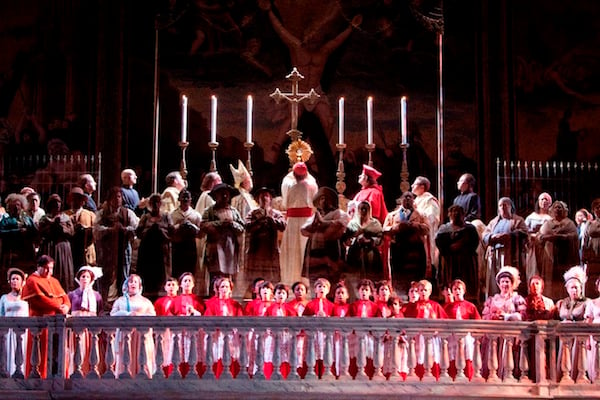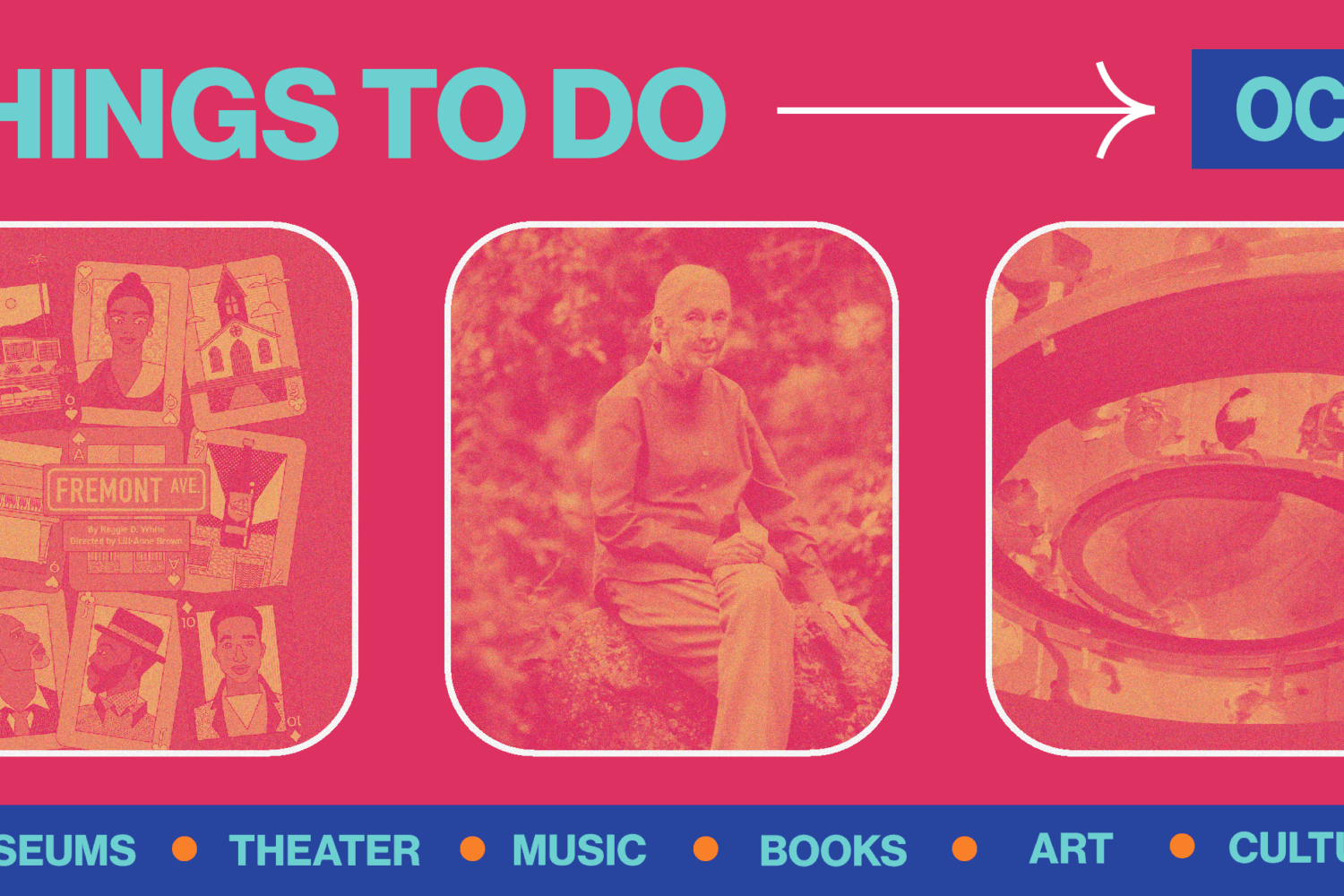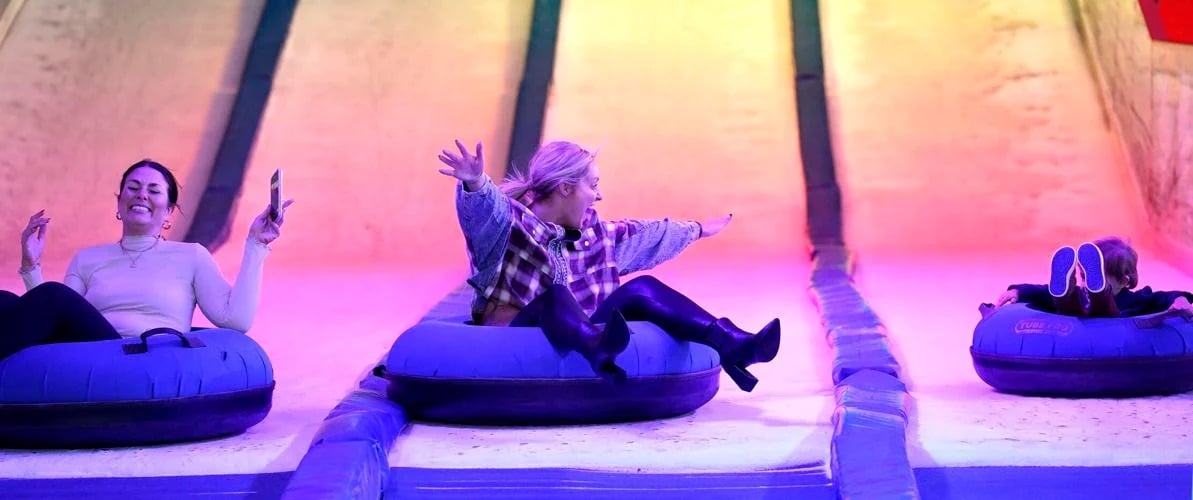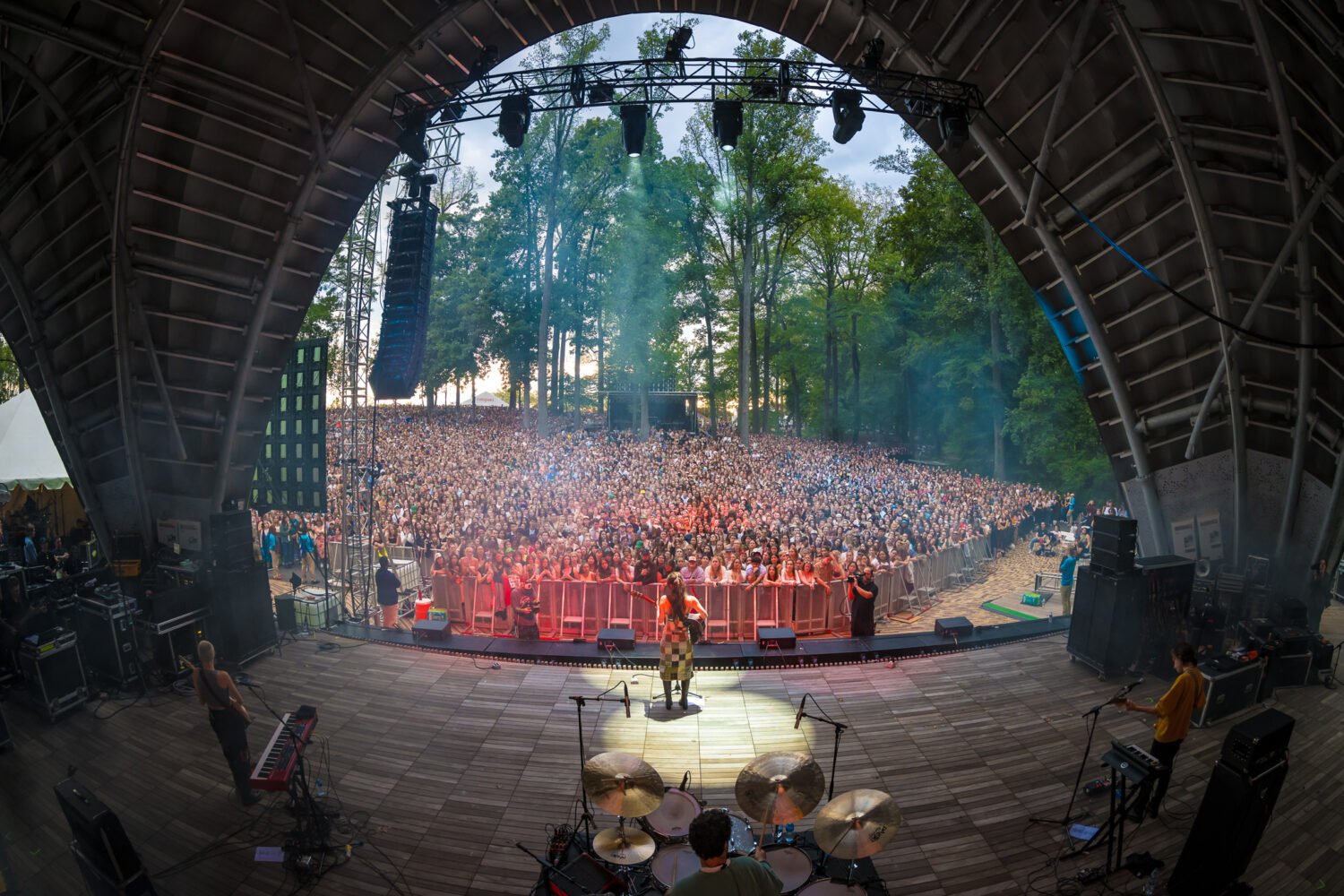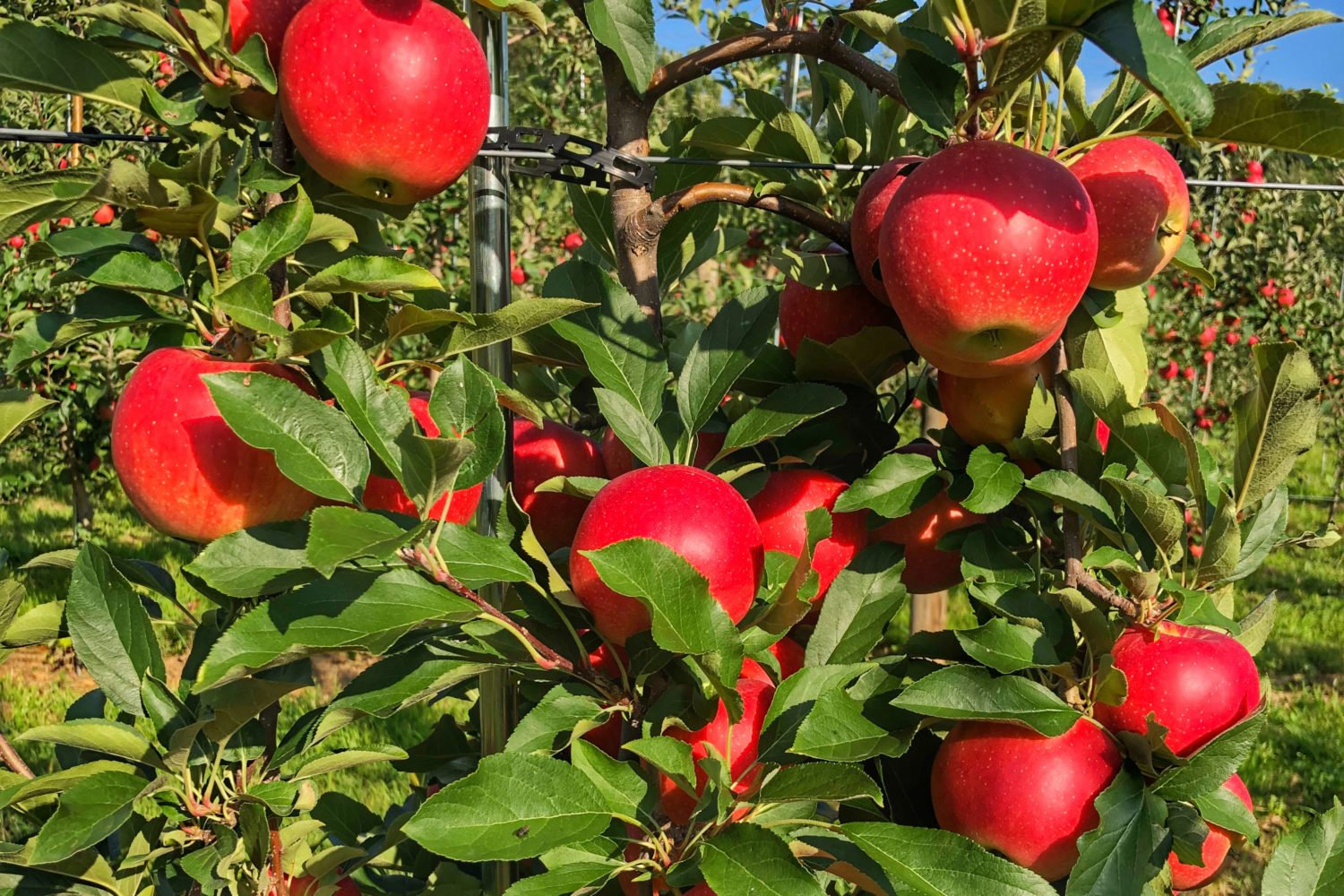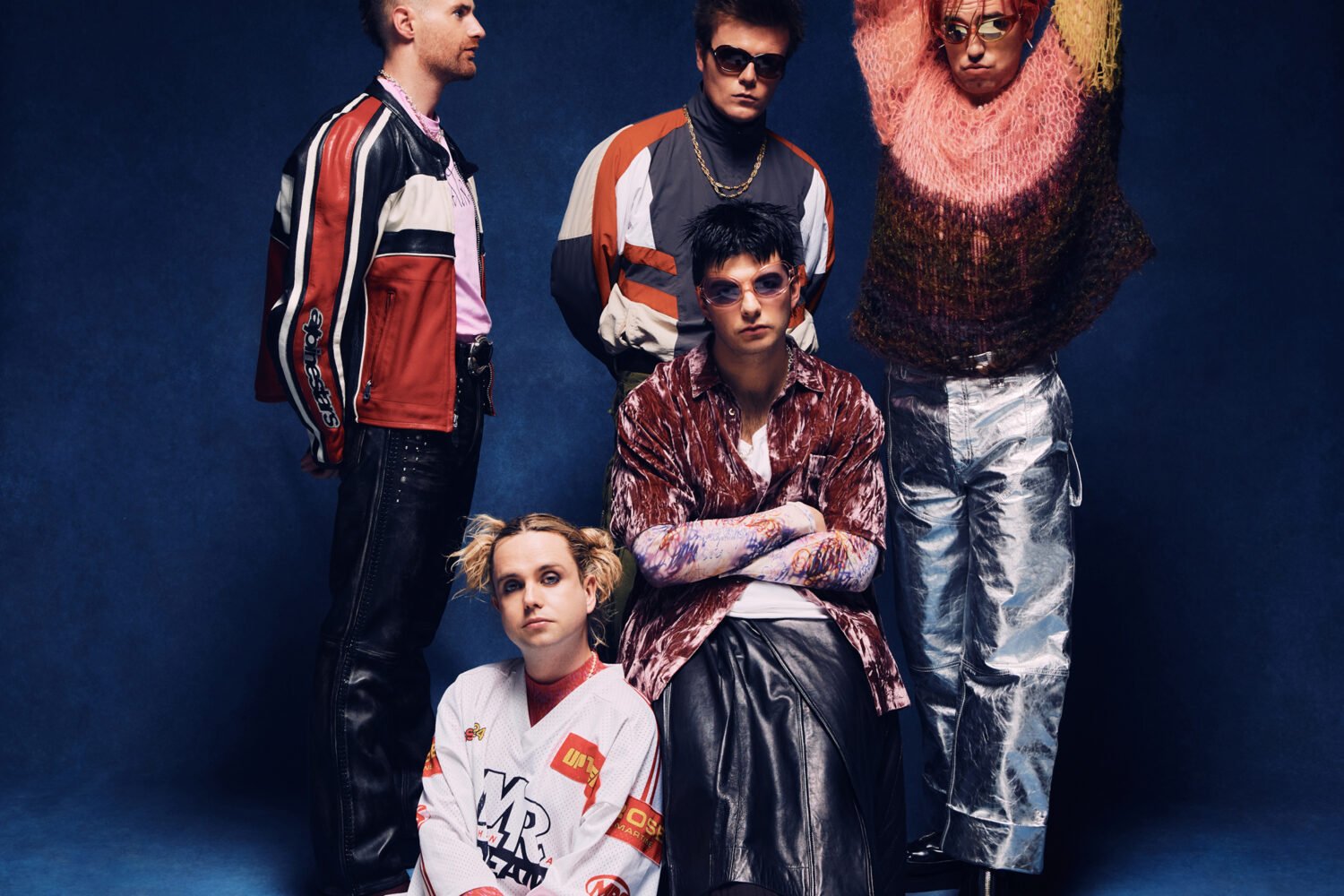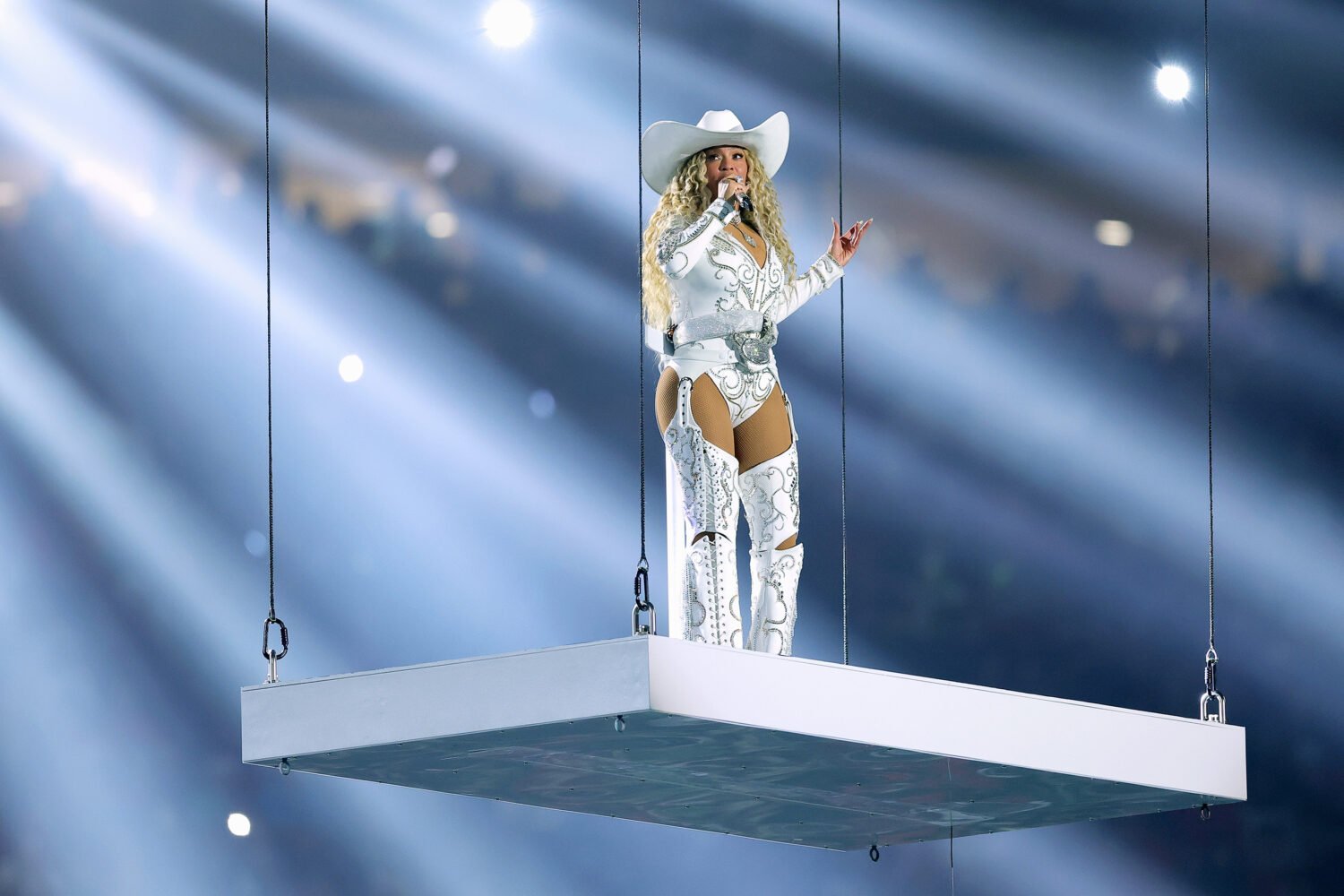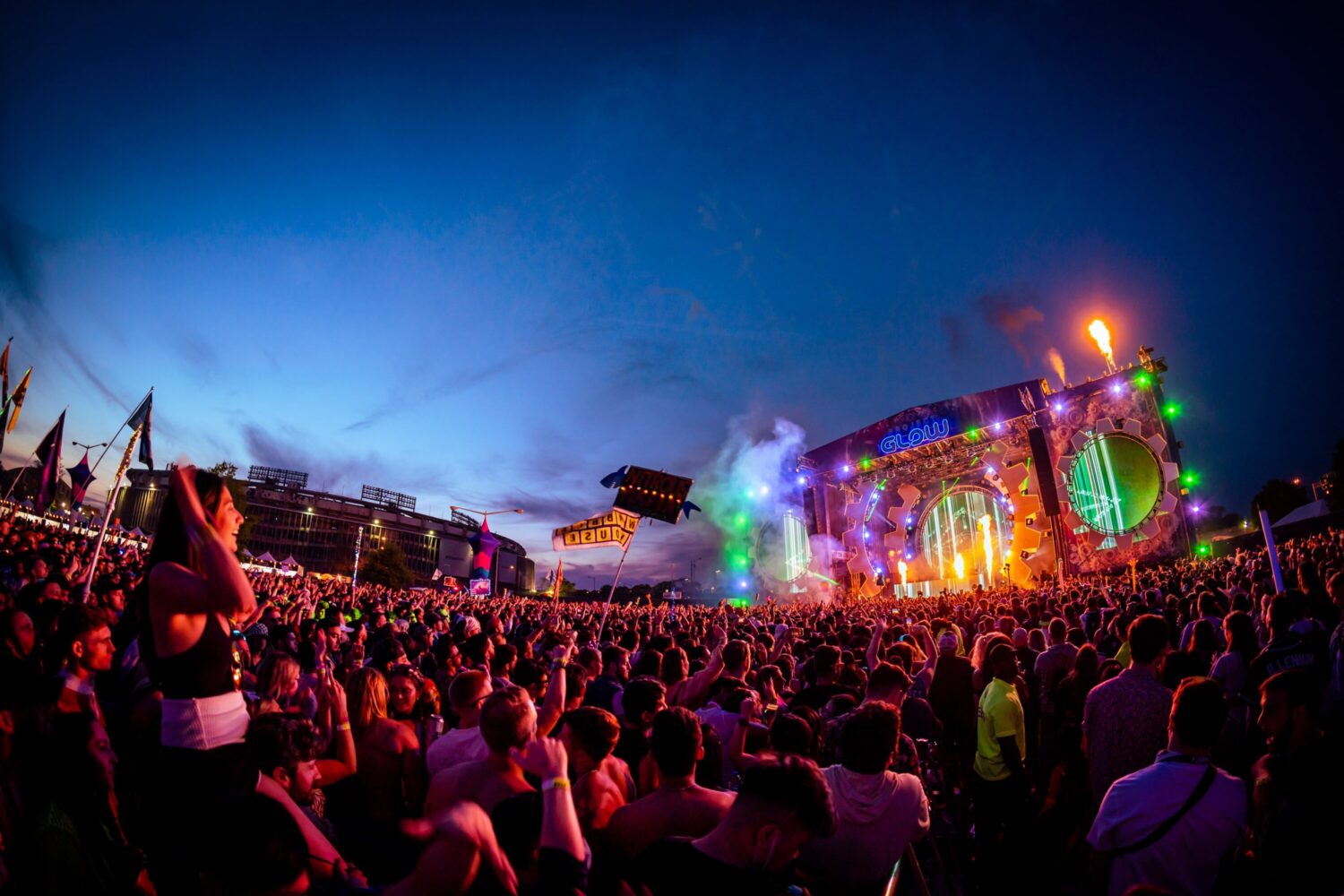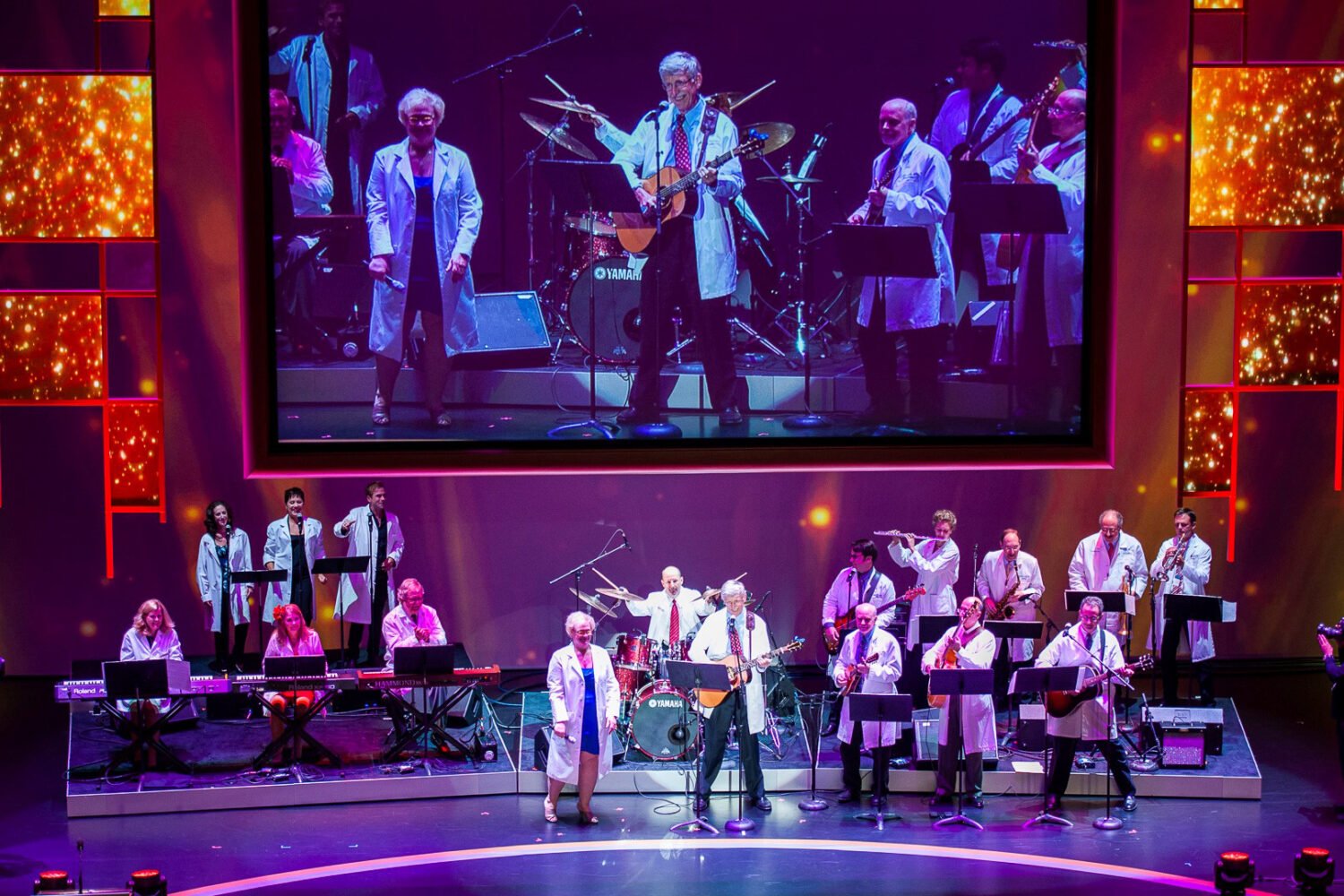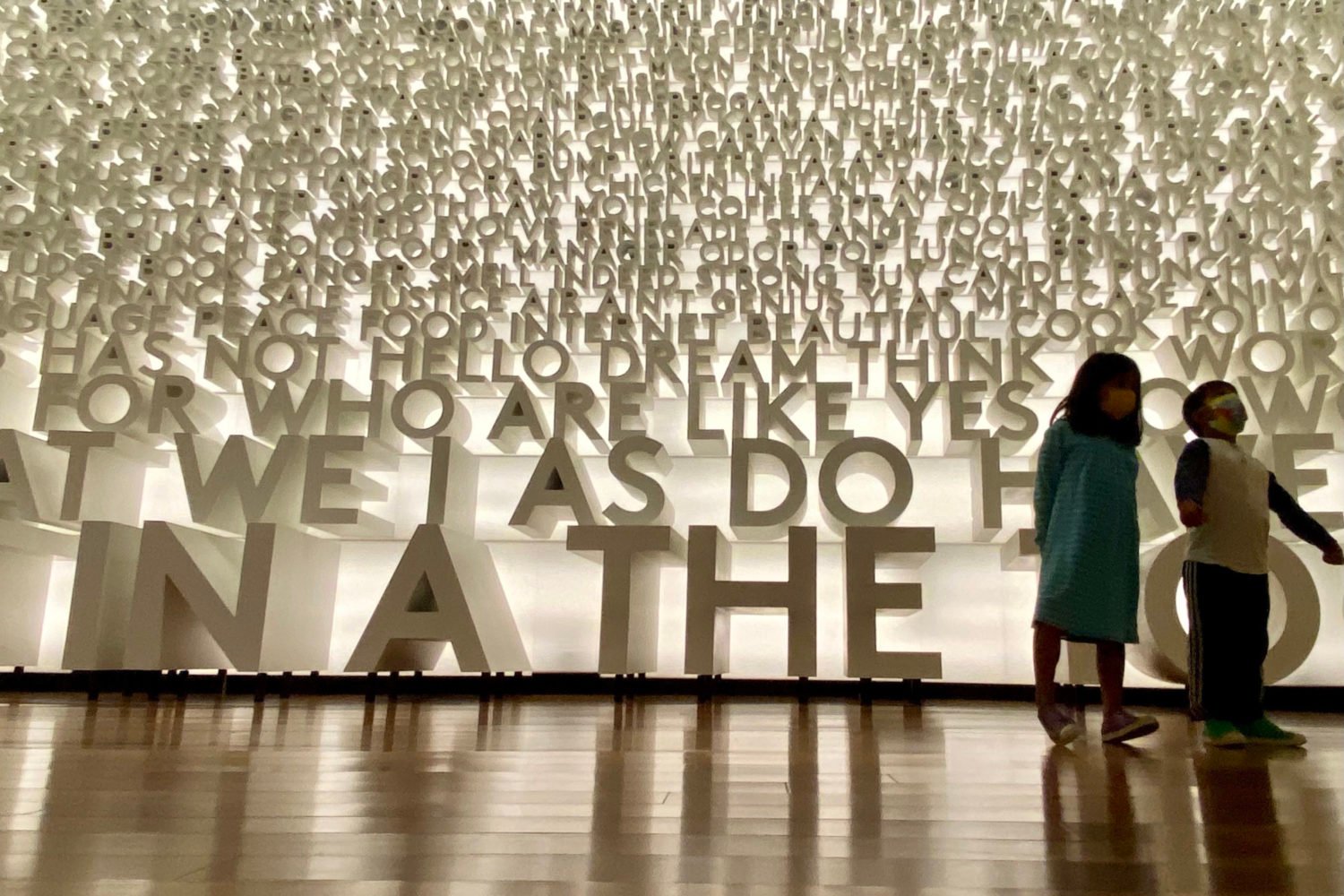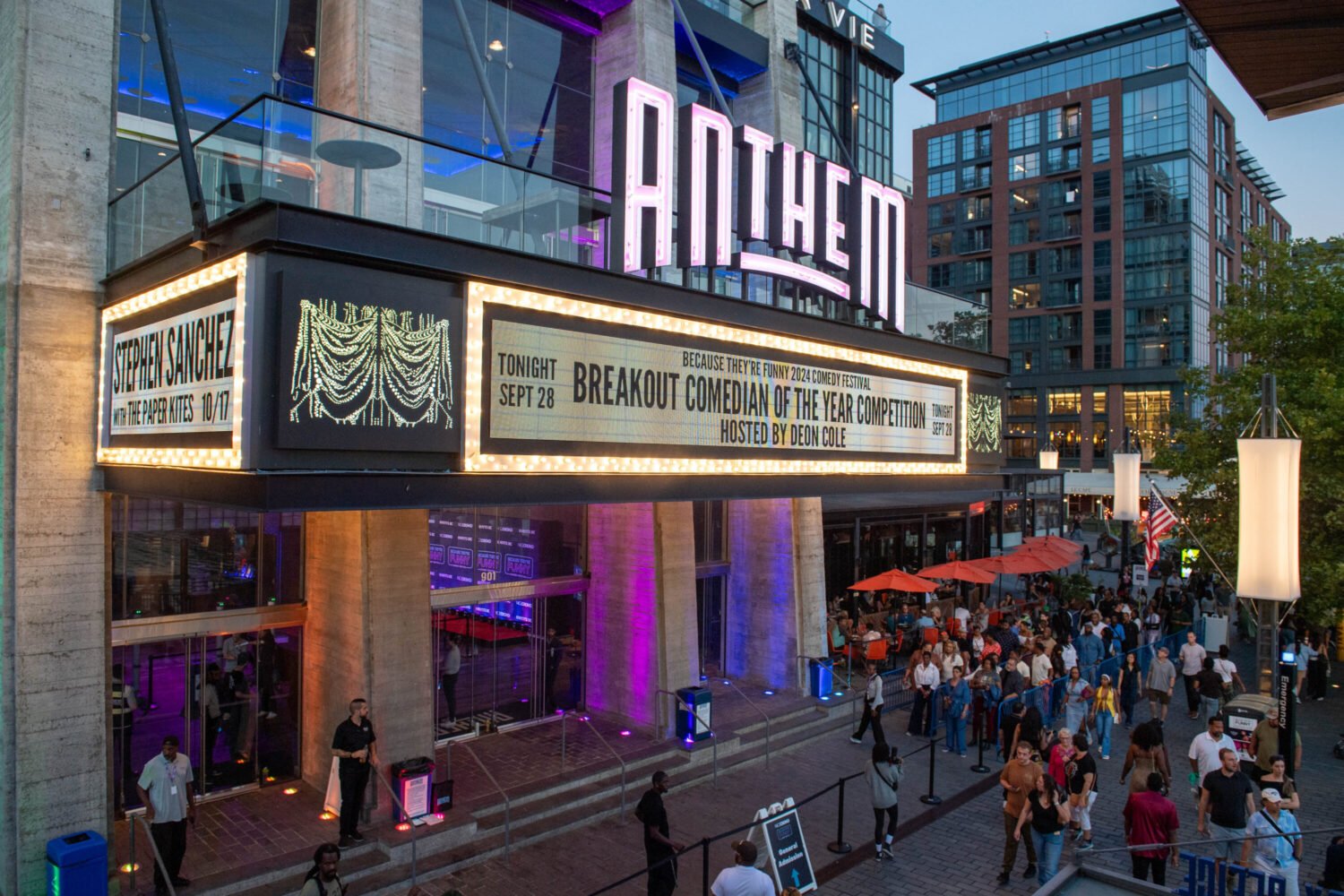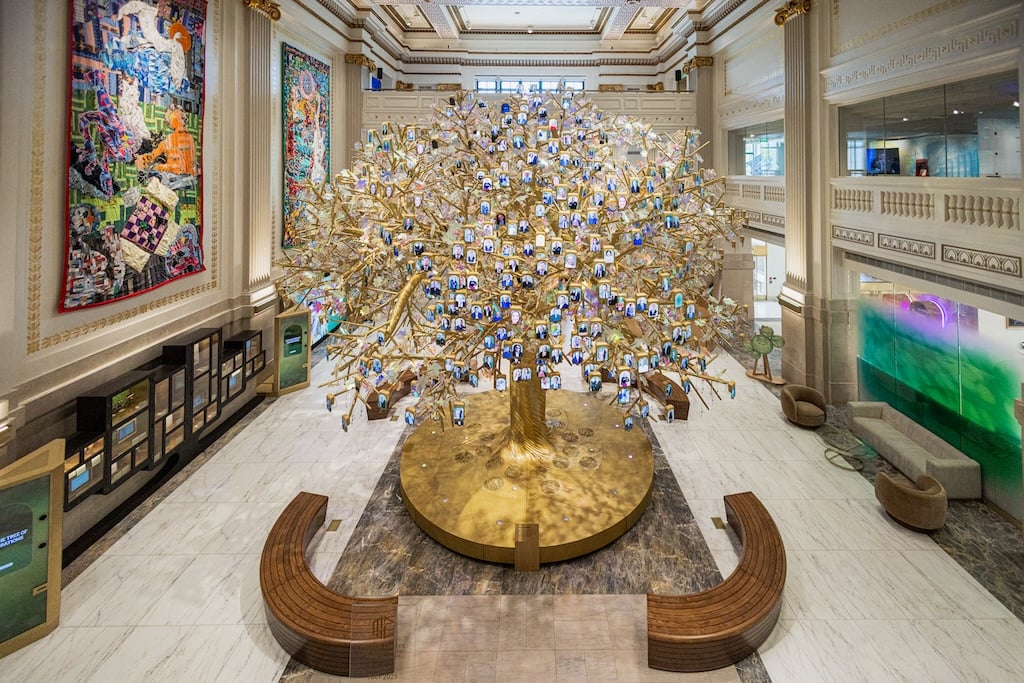Puccini’s Tosca really is, as Joseph Kerman once quipped, a “shabby little shocker.” That is, without really fine, powerful singing from the three principals, the work has little else to recommend it. One ends up, in fact, as in Saturday night’s opening night of Washington National Opera’s new (old) staging of the opera, with a mediocrity. It was telling that the most dramatic moment of the evening, other than the grand panorama of the Te Deum scene in Act One, had nothing to do with singing. It was the headlong abandon with which Patricia Racette, in the title role, hurled herself from the parapet of the Castel Sant’Angelo at the opera’s melodramatic conclusion.
Little matter that, according to one reliable source, such a suicide is unlikely, given the structure of the building. One expected Racette’s closing gesture as Tosca, the actress who loves too strongly, to have been dramatic. This is the American soprano’s principal strength, as seen in her recent outings in Washington as the title role in Jenůfa, Ellen Orford in Peter Grimes, and last year’s Iphigénie. Racette’s voice can be beautiful in softer, more diaphanous passages, but when she hurls sound approximately at high notes, as Tosca is so often required to do, the effect can be acidic and often was. As always, Racette was the most gripping dramatic presence on stage, but one wished for more beauty in iconic moments like Tosca’s most famous aria, “Vissi d’arte.”
Whereas the WNO’s last attempt at Tosca, in 2005, was a success because of its male principals, the late tenor Salvatore Licitra and the deliciously malevolent baritone Juan Pons, Racette came out on top here. Despite great promise, Alan Held had an off night as Scarpia, with the stature and snarl of the villain, who tortures the painter Cavaradossi to force Tosca to submit to his advances, but not the vocal force. Worse, tenor Frank Porretta produced a dull, wooden sound all evening, hitting Cavaradossi’s high notes in the early acts, if not with any attractive ping, but coming close to massacring his big aria, E lucevan le stelle in Act Three. It was not until far down the cast list that one hit on charming performances, especially the chrome-domed toady Spoletta of outstanding local character tenor Robert Baker and the fawning Sciarrone of baritone James Shaffran. The well-prepared chorus, considerably reduced in numbers, made imposing sounds in the Te Deum scene, and Domingo-Cafritz Young Artist Jegyung Yang had a pleasing turn as the Shepherd at the opening of the third act.
The evening was, we were told several times in increasingly halting ways in cumbersome pre-curtain speeches, the inauguration of the new merger between the Kennedy Center and the formerly independent Washington National Opera. How unfortunate that the worst symbol of the bad old days, former artistic director Plácido Domingo as conductor, was back again at the podium for this production. Domingo’s sluggish conducting made the first act of Tosca intolerably leaden and slow, and matters did not improve much after that. The staging—created by Giulio Chazalettes for Dallas Opera, and directed here by David Kneuss—was generic, like so many productions of Tosca, basically interchangeable with the company’s 2005 production and the one by Virginia Opera in 2009. The costumes by Ulisse Santicchi, in fact, were almost identical to those in 2005, if not completely so. It is the sort of traditional staging that may please traditionalist operatic tastes, but it all adds up to a production that did not make our list of the three operas picked as most interesting in my season preview—and still does not.
Performances of Tosca continue through September 24, with some cast changes on certain days, in the Kennedy Center Opera House. One can view the performance on September 22, at 7:30 PM, via a free, live simulcast at Nationals Park, an annual event called Opera in the Outfield.
Subscribe to Washingtonian
Follow Washingtonian on Twitter
Follow the After Hours Blog on Twitter

